play paddlel is also to know play for two. Put in place team tactics can get you out of bad situations. Here's one happening at the net.
This tactic is aimed at players of an intermediate to advanced level, because it requires a minimum of technique, reading of the game and above all of the trajectory of the ball.
That's the situation. You and your partner are at the net and the opponent in your diagonal decides to lob you or force you to play a high ball, in this case a bandeja. We agree that if this bandeja to play is “classic”, it won't cause you a lot of difficulty if it isn't for you to adapt to the position that the opponent will have adopted: glued, at the bottom or half-track.
But the concern arises as soon as this bandeja becomes forced, that is, the opponent has played a good lob that does not allow you to return to the bottom to defend, but also does not allow you to play a nice and effective bandeja. So your solution is to play shorter to secure the shot and thus avoid the foul by bouncing the ball in the middle of the service box.
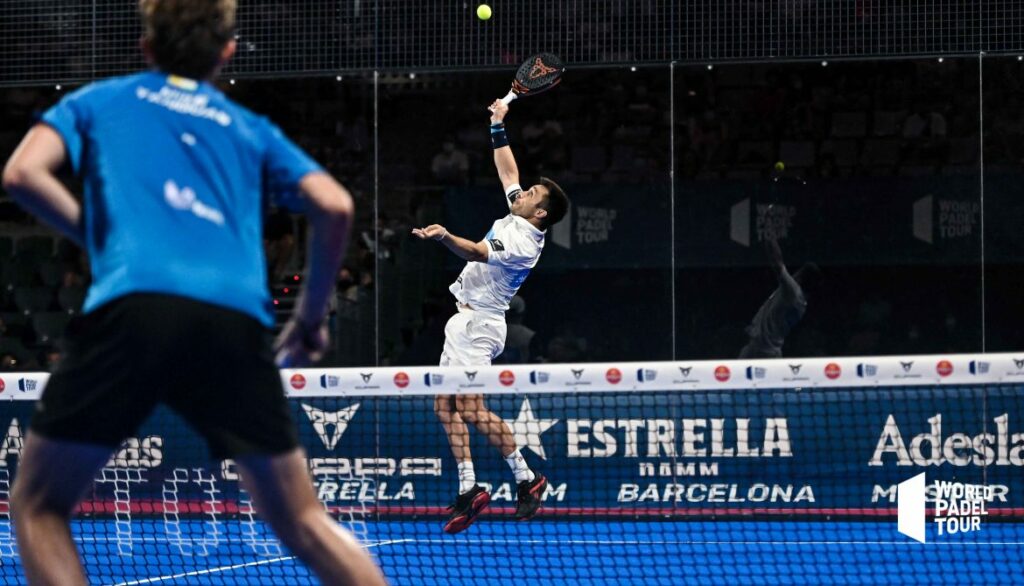
The opponent's reaction
Following this bandeja played short, what can the opponent do? Your bandeja will tend to bounce a lot and will not be very difficult to trade, so he will have two options. Either stay at the back to wait for the ball to come down again and thus play a slow control shot or a lob once more (this would be the least voted solution), or take the ball just after the bounce, on the upswing, above above the level of the net, to attack in turn during your return to the net. This shot is always spectacular, effective, and puts the pressure back on opponents.
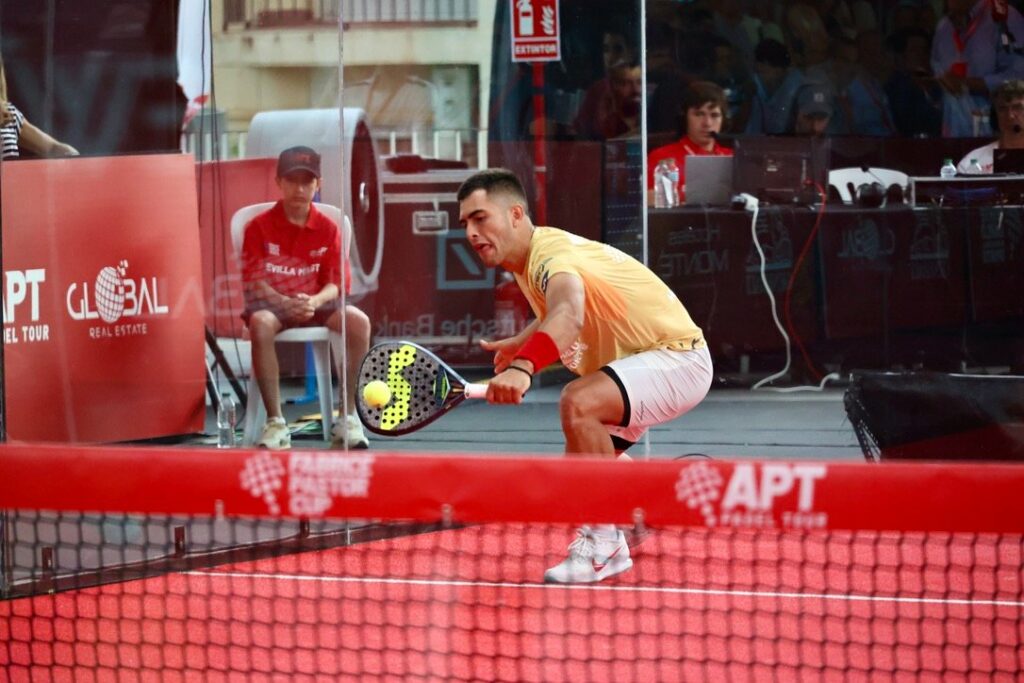
THINGS TO DO
So in this case, if we do nothing, our team is likely to find itself on the heels, attacked by players who will advance at full speed and who will have a high probability of winning the point.
That's when it appears my partner.
The opposing player, if he has to negotiate your bandeja short on its side close to the grid and not in the center, will tend to accelerate in your direction and not in a parallel way. If your partner comes to cut the trajectory of the ball, he will take the attack by surprise and will come, just by touching the ball, to win the point. For this, you must not be a spectator but an actor with a very active footwork that will promote decision-making and the reaction to this situation.
This tactic seems very simple but requires a good reading of the game and the trajectory of the ball. It will perhaps be more often the player on the right who comes to cut after a series of bandejas of his partner.
In any case, since the game risks turning sour if you or your partner don't come to cut the trajectory, it's worth a try, isn't it? But be careful, only when the ball to be negotiated by the opponents will be on the outsides and not in the center. Let's go!
Julien Bondia is a teacher of padel in Tenerife (Spain). Columnist and advisor, he helps you play better through his tutorials and tactical/technical articles padel.




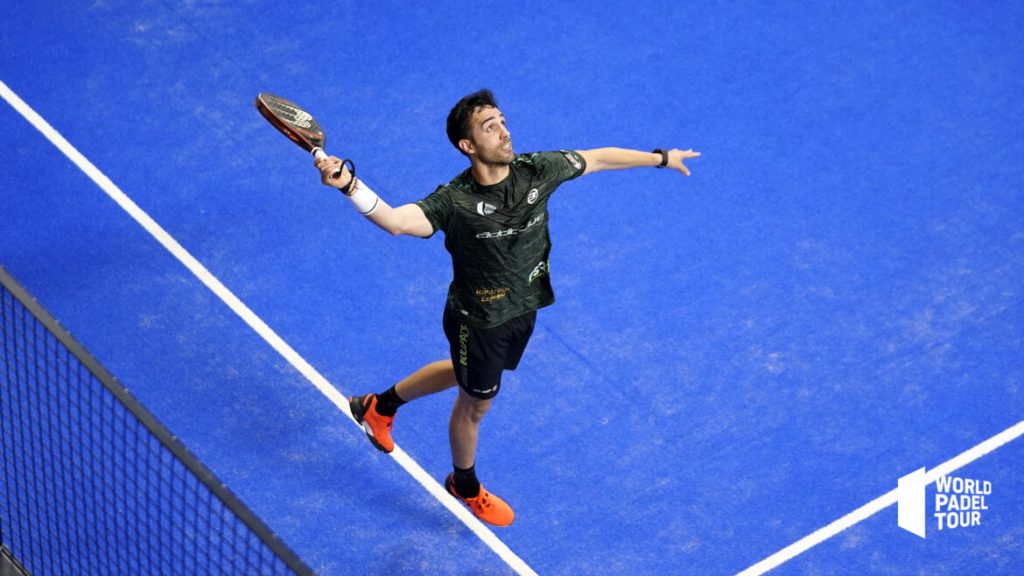











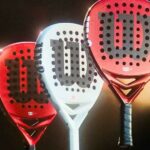




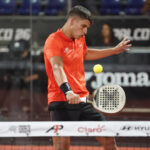















































































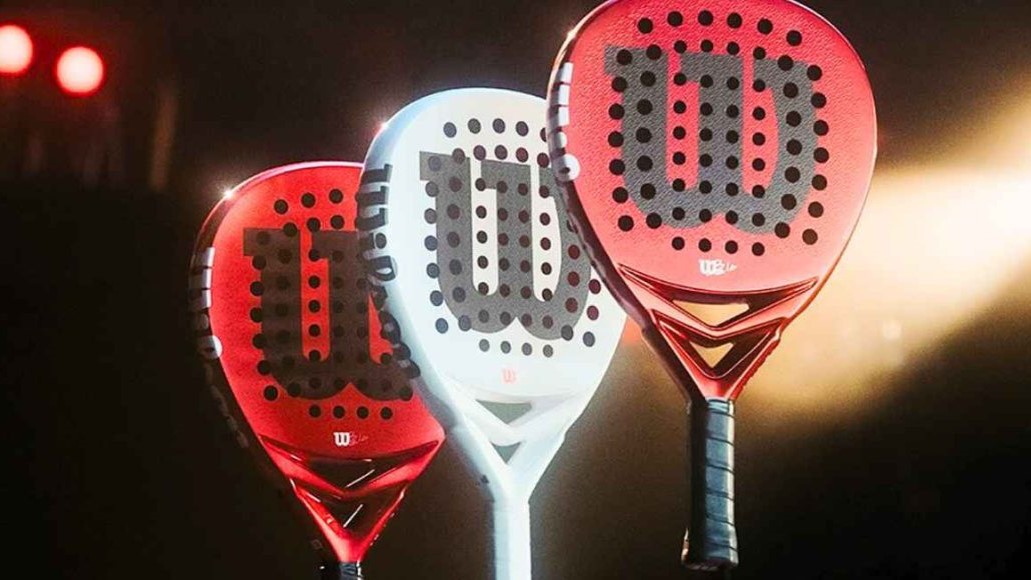 Presentation of the Wilson Bela V2.5 collection
Presentation of the Wilson Bela V2.5 collection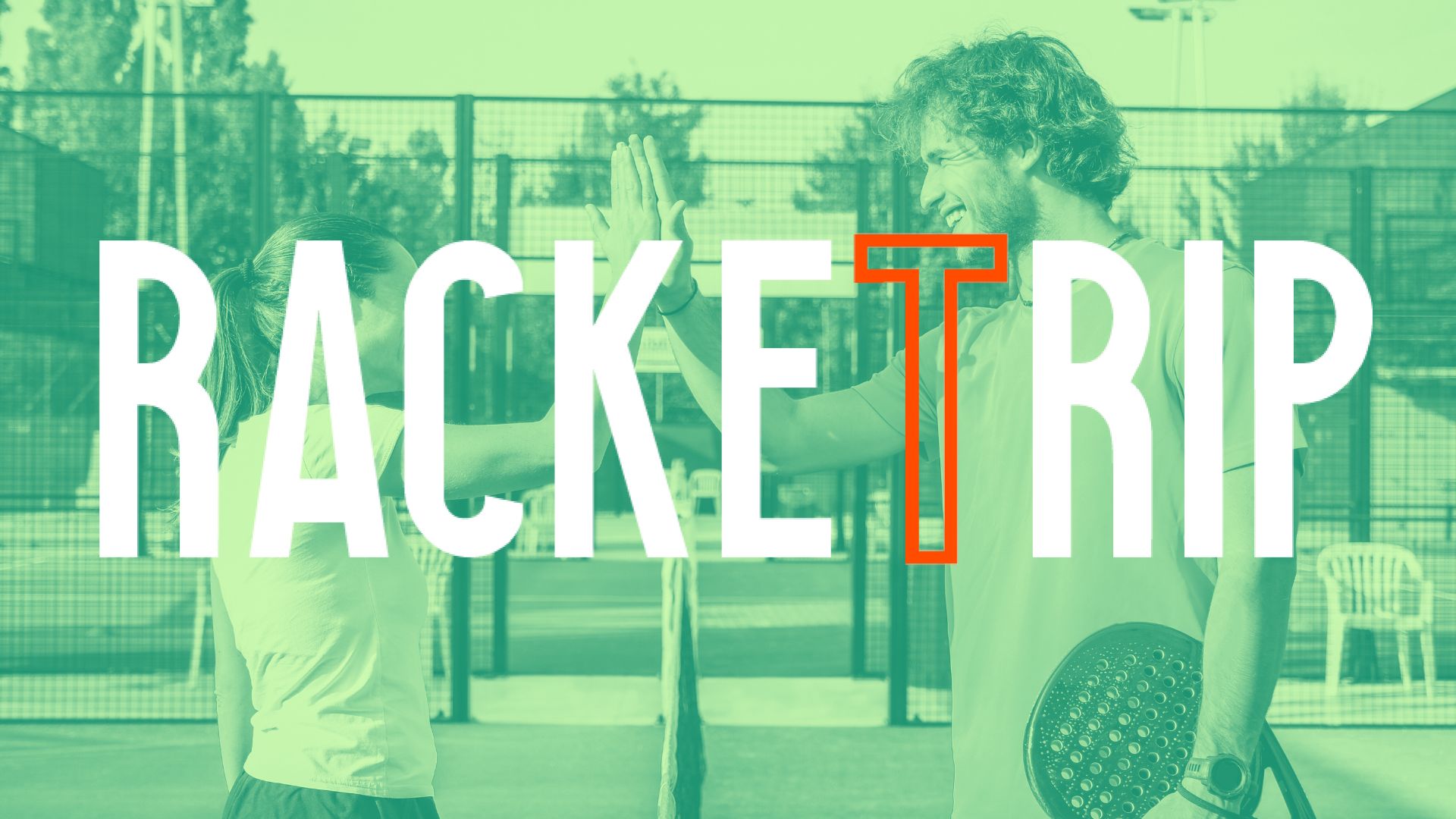 The LinkedIn of racquet sports: Racket Trip
The LinkedIn of racquet sports: Racket Trip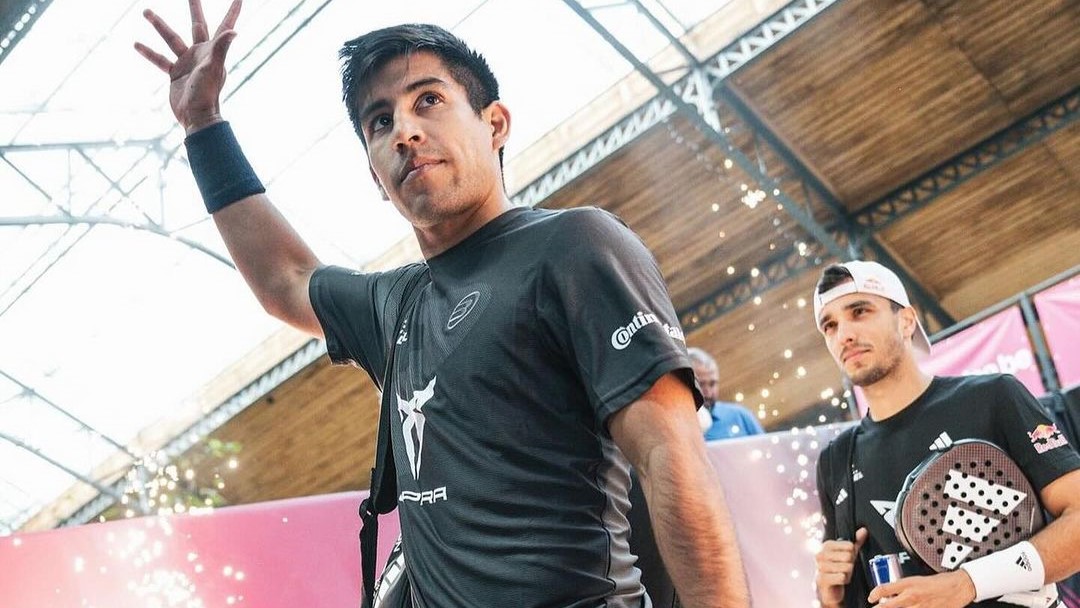 Premier Padel Brussels P2 – “Chingalan” on the way to its second final
Premier Padel Brussels P2 – “Chingalan” on the way to its second final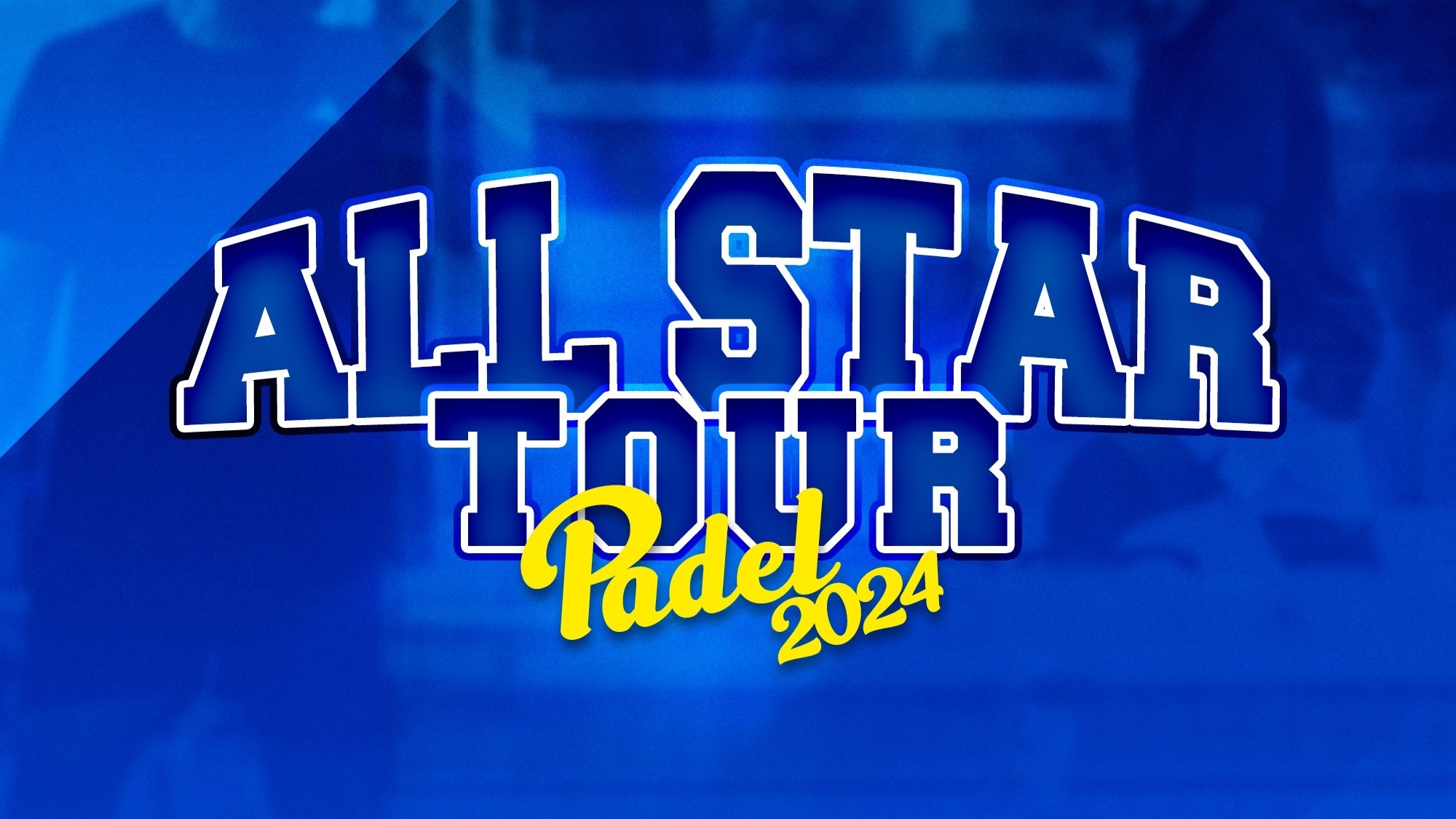 The All Star Tour returns on May 16 at the All In in Lyon
The All Star Tour returns on May 16 at the All In in Lyon Guillaume Codron de Sud Padel : “A family project”
Guillaume Codron de Sud Padel : “A family project” Nallé Grinda: “Democratize the padel in the USA with PadelX "
Nallé Grinda: “Democratize the padel in the USA with PadelX " Simon Boissé: “We know that there are two nations in front of us”
Simon Boissé: “We know that there are two nations in front of us” Marie Maligo: “This period of frequent changes of partners was beneficial for me”
Marie Maligo: “This period of frequent changes of partners was beneficial for me”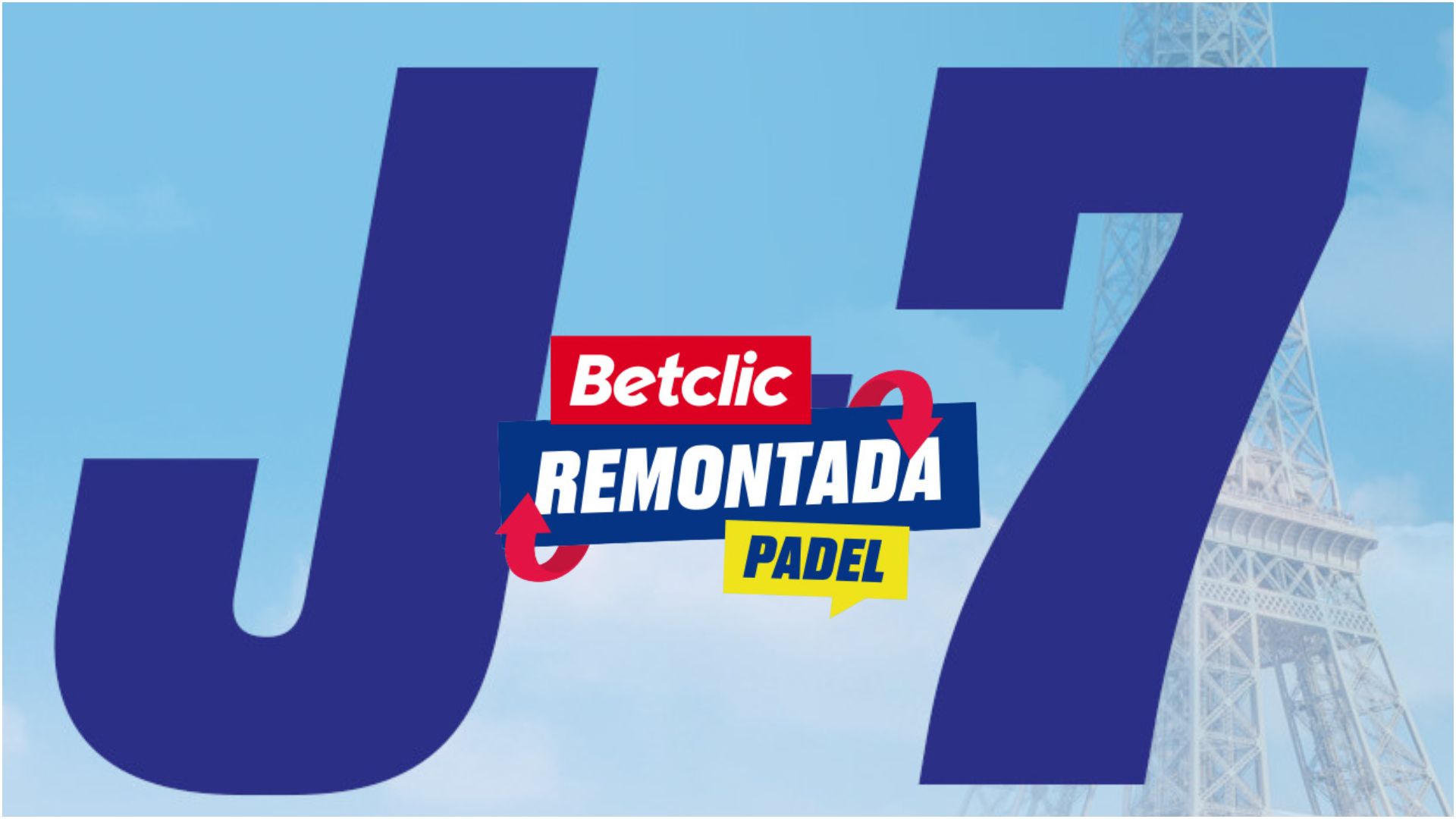 D-7 of the “BetClic Remontada Padel”, at the foot of the Eiffel Tower
D-7 of the “BetClic Remontada Padel”, at the foot of the Eiffel Tower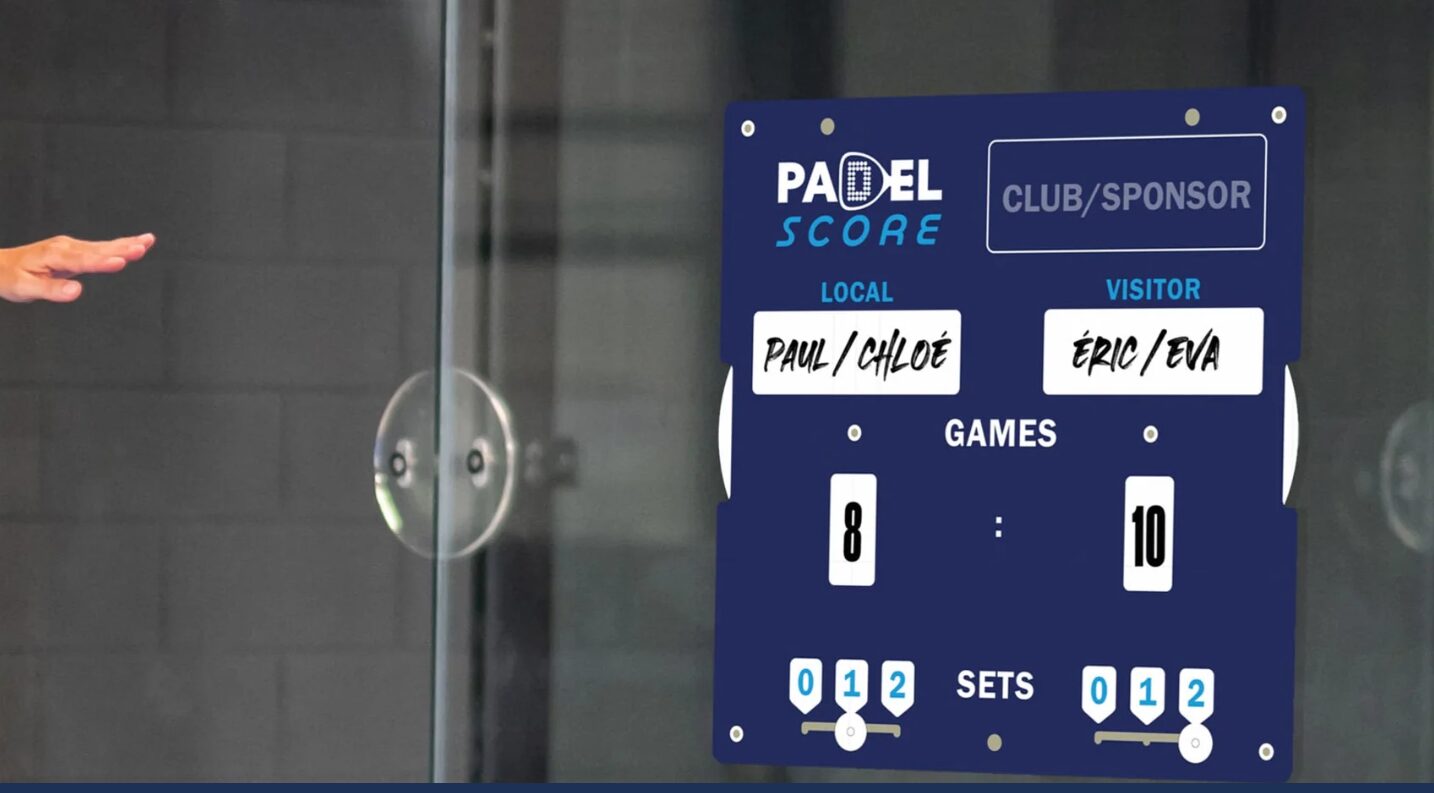 Padel Score: an essential table for keeping score
Padel Score: an essential table for keeping score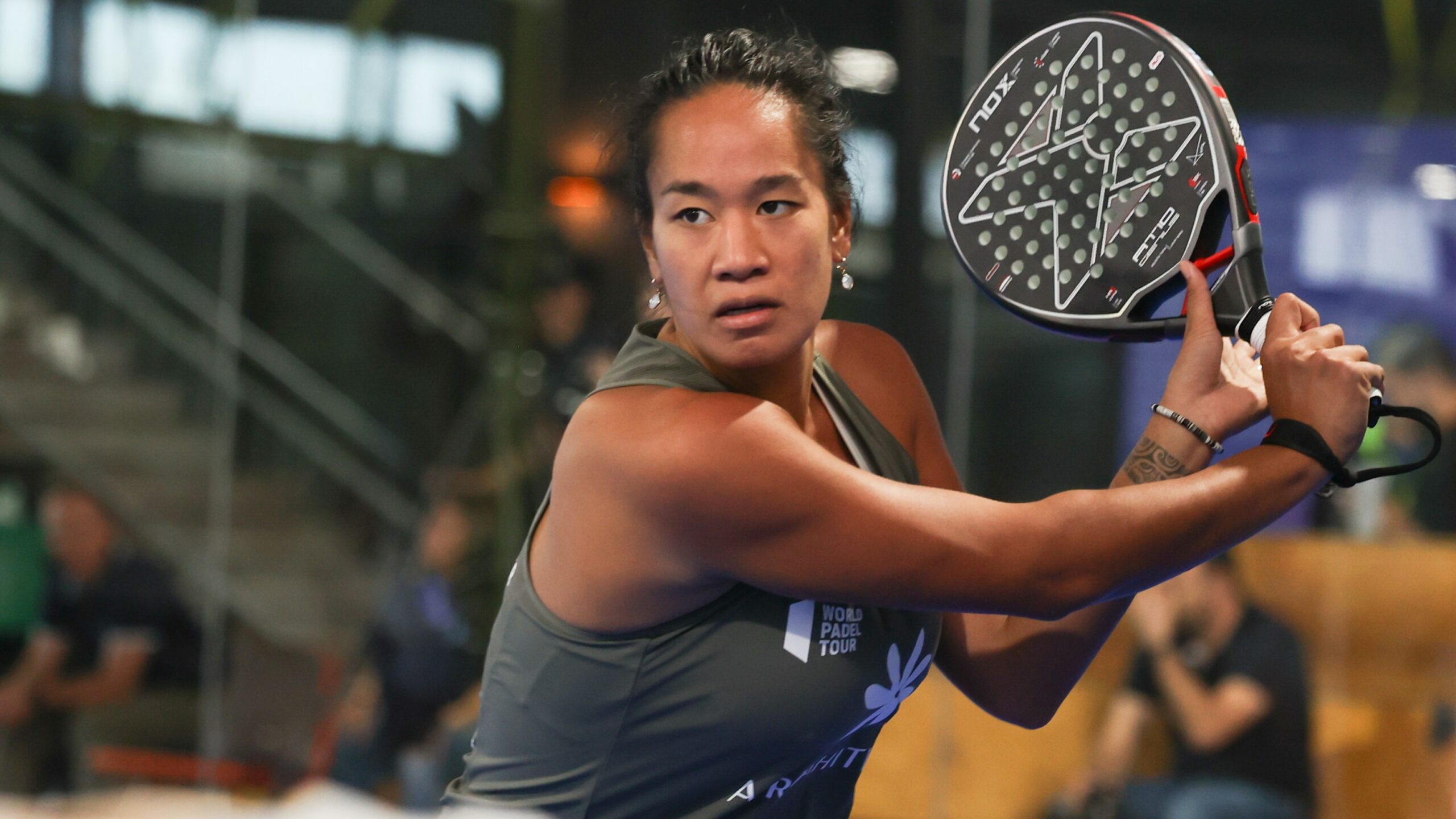 Léa Godallier makes her big return to the slopes this weekend
Léa Godallier makes her big return to the slopes this weekend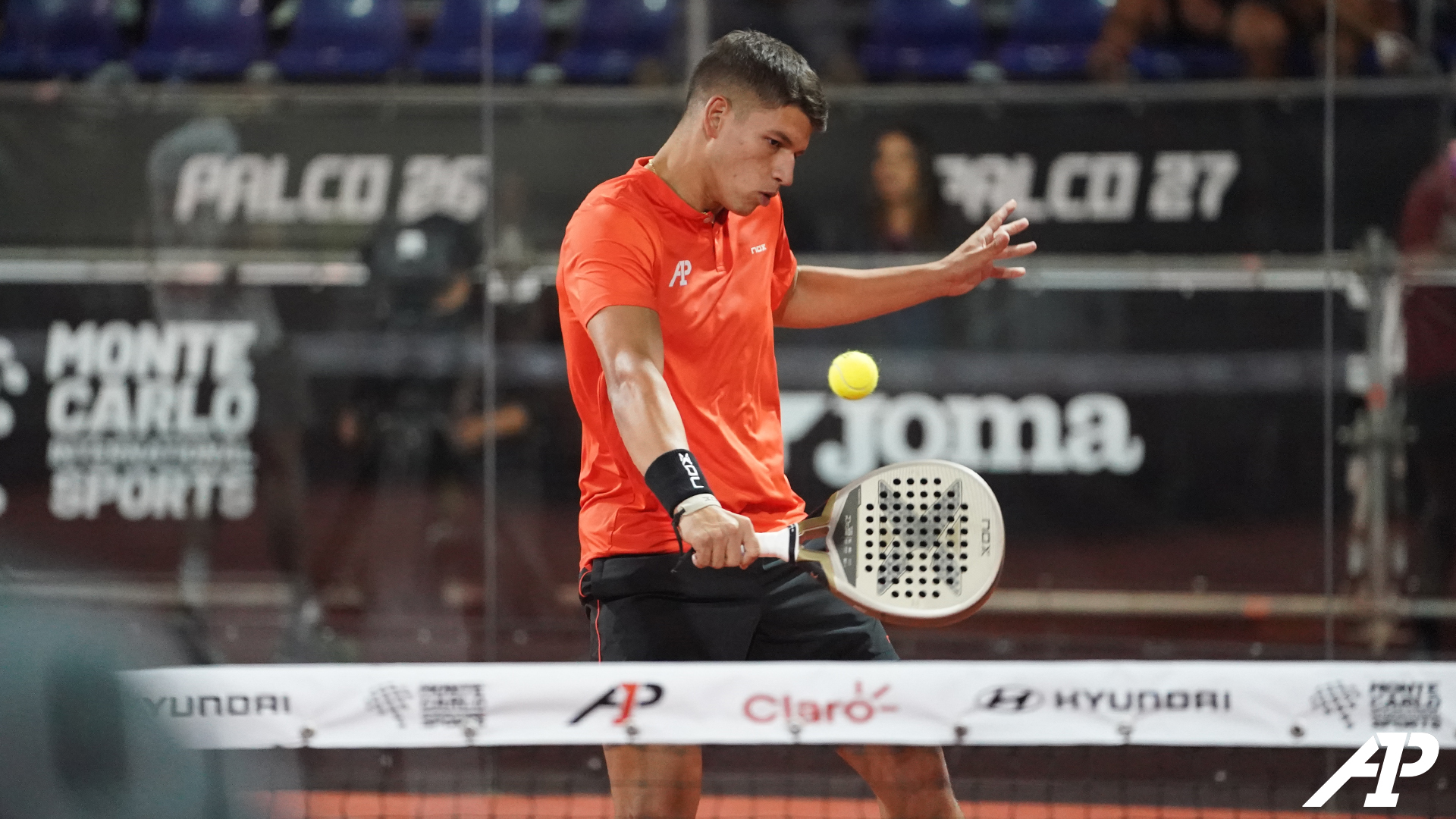 Martin Abud joins Team Nox
Martin Abud joins Team Nox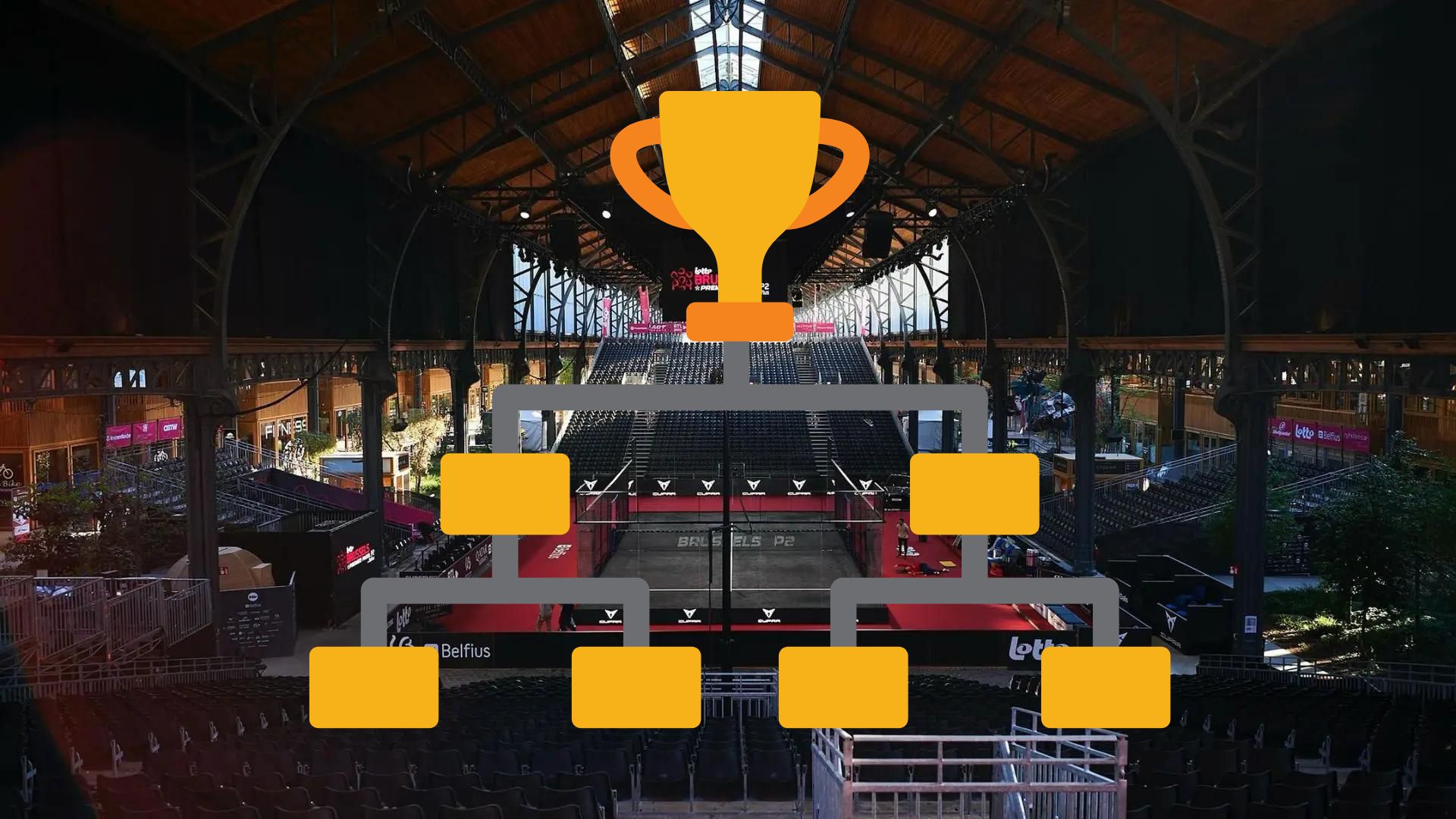 Premier Padel Brussels P2 – Time for the semi-finals!
Premier Padel Brussels P2 – Time for the semi-finals! José Manuel Escin at the inauguration of Casa Padel DOS: “Finally, and thank you!”
José Manuel Escin at the inauguration of Casa Padel DOS: “Finally, and thank you!” Padel Score comes to Tahiti for American Express Padel Cup!
Padel Score comes to Tahiti for American Express Padel Cup! Do you know the Rafa Nadal Academy Tour?
Do you know the Rafa Nadal Academy Tour? Play at padel on his yacht? Possible for €233.000!
Play at padel on his yacht? Possible for €233.000! The score at padel : manual
The score at padel : manual Our Top 10 training courses padel in France and Europe
Our Top 10 training courses padel in France and Europe At the heart of padel – Episode 25: Paul and Andoni answer your questions
At the heart of padel – Episode 25: Paul and Andoni answer your questions At the heart of padel – Episode 23: defend the window well
At the heart of padel – Episode 23: defend the window well Prohibition on playing topless Padel : the reasons
Prohibition on playing topless Padel : the reasons FIP Tour – Going far from Europe, THE strategy to earn points!
FIP Tour – Going far from Europe, THE strategy to earn points! What is a good football player? padel ?
What is a good football player? padel ? “Lefties give me headaches when I play against them!”
“Lefties give me headaches when I play against them!” At the heart of padel – Episode 14: how to earn points in winter?
At the heart of padel – Episode 14: how to earn points in winter? The basic tactics of padel
The basic tactics of padel A par 4 is always a winner...even if you manage to defend it!
A par 4 is always a winner...even if you manage to defend it! Carbon fiber VS fiberglass: what to choose?
Carbon fiber VS fiberglass: what to choose? How to effectively test a racket padel ?
How to effectively test a racket padel ? La padel to fight Parkinson's disease
La padel to fight Parkinson's disease Don't play with a cracked or broken racket, your body will thank you!
Don't play with a cracked or broken racket, your body will thank you! Michel Cymes: “The padel, physically, it’s serious!”
Michel Cymes: “The padel, physically, it’s serious!” Jeremy Gala: “Promote the padel among young people in Belgium remains a challenge”
Jeremy Gala: “Promote the padel among young people in Belgium remains a challenge” The French Touch Academy organizes its selection day Padel-Study
The French Touch Academy organizes its selection day Padel-Study Report on the detection and training of younger generations
Report on the detection and training of younger generations